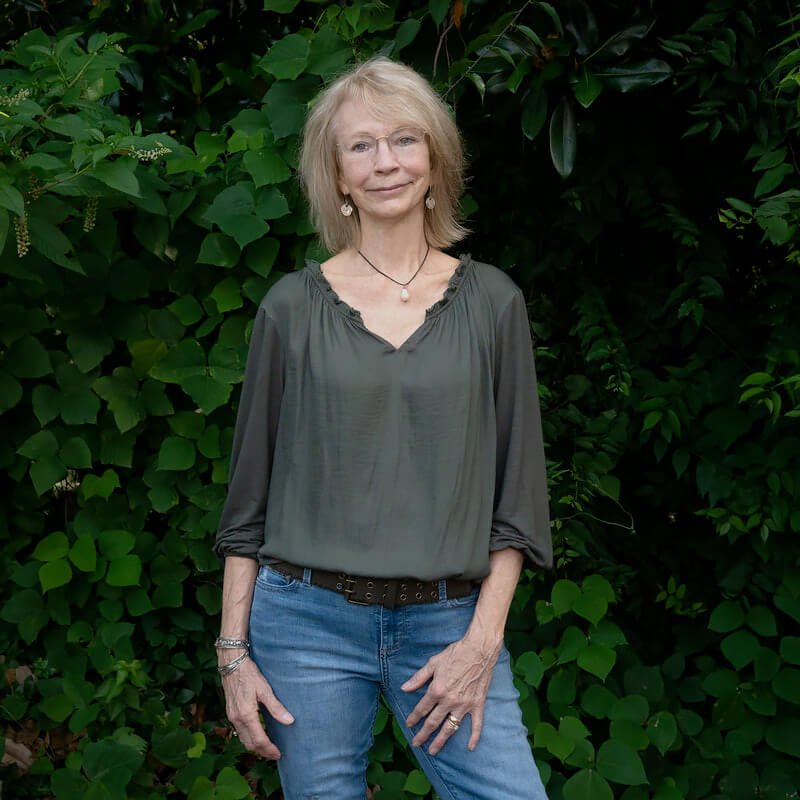Born in Norfolk, Virginia, Niles' formative years were spent with her family living in small, southern towns in Virginia and North Carolina. Inspired by the heritage of these locales, neighbors, and friends, she developed deep-seated southern roots that richly inform her photography practice with visual storytelling. Niles celebrates the diverseness of the human spirit, appreciating those qualities that make us delightfully unique, yet connected in many ways, particularly through shared experiences and preserved visual memories.
Niles majored in sociology at Lenoir Rhyne College in Hickory, North Carolina. While exploring opportunities in her chosen field, she pursued her artistic interests, ultimately discovering that photography was her passion. The medium offers Niles a wide berth of options for technique, subject matter, and her creative process.
Exhibitions include group and solo installations across the United States, Canada, Paris, France, and Venice, Italy. Her prints are held in many private collections as well the Museum of Contemporary Art of Georgia (MOCA GA) and the Ogden Museum of Southern Art. A selection of her work is currently exhibited at Mayo Clinic, Jacksonville, Florida. She was selected for Photolucida's Critical Mass Top 200, Ones to Watch , the Fence, an exhibition at Hartsfield International Airport, and she won the Virginia Twinam Purchase Award.
Featured publications include: Light and Shadow Magazine, SouthxSoutheast Magazine, Shots, Lenscratch, The HAND Magazine, and Oxford American.
Her book,
What Lies With: the Eclectic Collections of Andrea Noel received recognition from Elizabeth Avedon as best photography book of 2021.
What We Keep
The passing of a loved one is a life moment everyone is forced to face and walk through in their own way. A person dies and items of their existence remain. This process is often emotionally and physically overwhelming and taxing. There may be cumbersome items as well as very minuscule things. Some may even have an element of an obscure nature like a set of false teeth.
How and what do we choose to keep?
Do we keep something as a way to hold on to the person that left us?
Is there an emotion that is triggered just by seeing or touching it?
Is it valuable or something trivial that has an attached memory that only we can relate to?
Does something remind us of the home we once knew that no longer exists? A homesickness feeling may be eased by its presence?
Is there a guilt or regret in letting things go or a feeling of obligation?
Do we hope that we can pass on these obtained pieces of our heritage as a bridge from past to present to preserve family legacy to those who follow?Is it a way to not only say that your loved one existed but that you too existed as well?
People say 'these are just things' and yes they are but a person you loved put meaning to them.
I am not one to judge or help in this matter as I kept the teeth.
